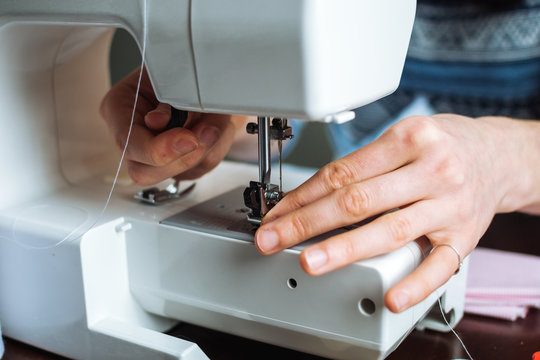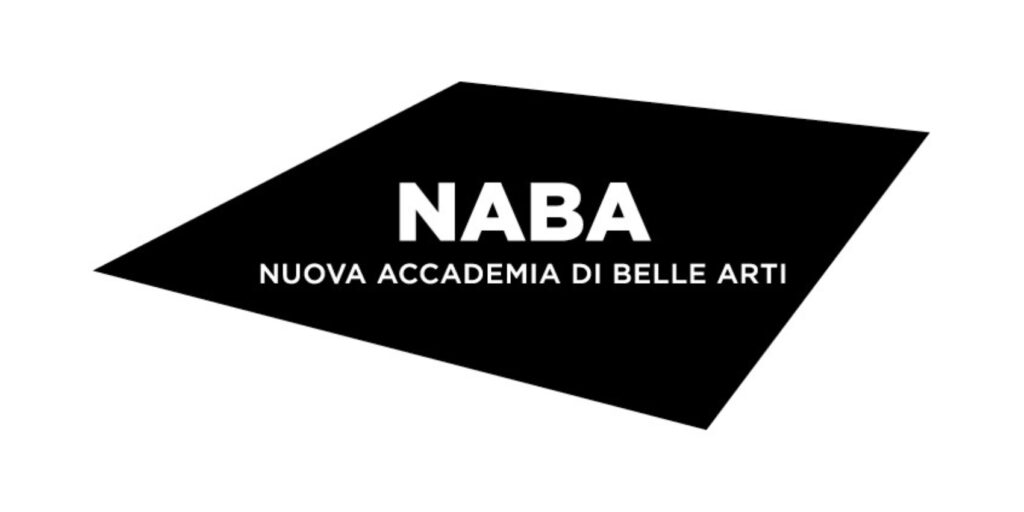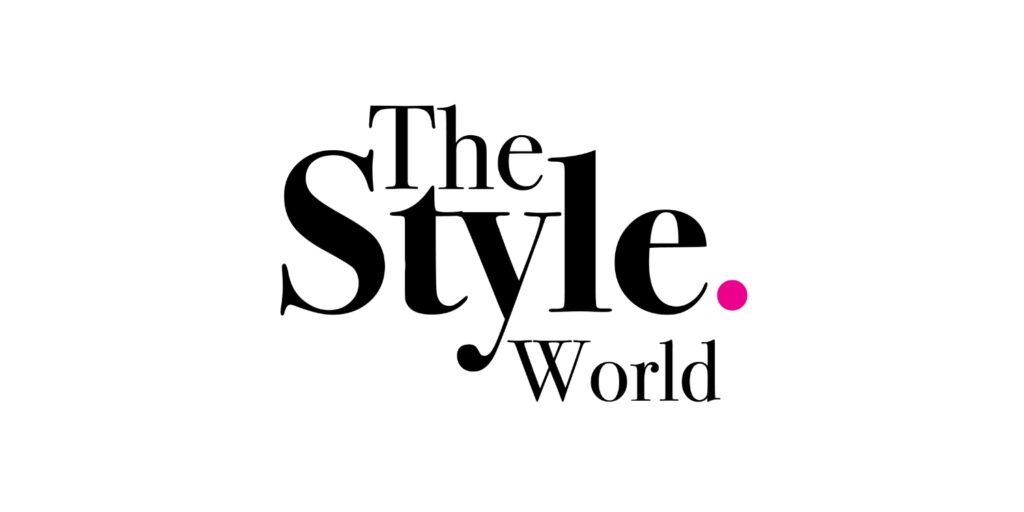Syllabus of Fashion Designing Course 2023

Fashion designing is an intriguing and lively profession that blends artistry, originality, and business savvy. With a multi-billion-dollar value, it has a substantial impact on the worldwide economy. Fashion designers hold the responsibility of creating garments and accessories that are both visually appealing and practical. They must possess knowledge of the newest trends, fabrics, and technologies, while also being skilled in marketing their designs effectively.
If you are interested in pursuing a career in fashion designing, it is essential to have a solid foundation in the principles of design, pattern-making, and garment construction. To achieve this, you will need to enroll in a fashion designing course. In this article, we will discuss the syllabus of the Fashion Designing Course for 2023.
Introduction to Fashion Designing
Fashion designing courses are designed to provide a comprehensive understanding of all aspects involved in designing and creating garments and accessories. The syllabus typically covers an introduction to fashion designing, the necessary skills, and potential career paths. In addition, students will learn about topics such as the history of fashion designing, fashion trends, equipment used for production, fabrics and raw materials, pattern making, sewing, marketing, and more. This holistic approach aims to provide a well-rounded education in fashion designing.
The syllabus of the Fashion Designing Course is unique in that it combines both theoretical and practical knowledge to give students a comprehensive understanding of the fashion industry. The course covers a broad range of topics, from the history of fashion to the latest trends and technology.
The course will start with an overview of the fashion industry, including its history and evolution. Students will learn about the various career opportunities available in the field, from fashion designers and stylists to merchandisers and buyers.
Elements of Design

The Elements of Design module will introduce students to the basic principles of design, such as line, form, texture, and colour. They will learn how to use these principles to create visually appealing designs that are both functional and fashionable.
Pattern Making

Pattern-making is an essential aspect of fashion design. In this module, students will learn how to create patterns for various types of garments, including dresses, skirts, pants, and jackets. They will learn how to take measurements, draft patterns, and make adjustments based on fit and style.
Garment Construction

Once the patterns are created, students will move on to the Garment Construction module. Here they will learn how to cut, sew, and finish different types of fabrics. They will also learn about various sewing techniques, such as hemming, gathering, and attaching zippers and buttons.
Fashion Illustration

Fashion Illustration is an essential aspect of fashion design. Students will learn how to draw figures and garments, using various media such as pencils, markers, and watercolors. They will also learn how to create technical drawings that are used for pattern-making and garment construction.
Textile Science

In the Textile Science module, students will learn about the different types of fabrics and fibres used in the fashion industry. They will learn how to identify different types of fabrics and how to choose the right fabric for a specific design. They will also learn about fabric properties such as drape, texture, and durability.
Fashion Marketing and Merchandising

Fashion Marketing and Merchandising is an essential aspects of the fashion industry. In this module, students will learn about the marketing strategies used in the industry, including branding, advertising, and social media marketing. They will also learn about merchandising, including product development, buying, and selling.
Fashion Business Management

Fashion Business Management is an essential module for anyone interested in starting their own fashion business. Students will learn about the legal and financial aspects of the fashion industry, including budgeting, accounting, and business planning.
Portfolio Development

Portfolio Development is a crucial module that prepares students for the real world. In this module, students will learn how to create a professional portfolio that showcases their work. They will learn how to present their designs effectively and how to communicate their vision to potential employers.
The Syllabus of Fashion Designing Course
The Fashion Designing course’s curriculum is tailored to equip students with the skills necessary to succeed in today’s dynamic fashion industry. The comprehensive syllabus spans three years of study, divided into distinct stages.
First Year
During the first year, students are introduced to the fundamental concepts of fashion designing and instilled with a strong work ethic. The first-year course covers a wide range of subjects, including Foundation Art, Fashion Illustration, Fashion Theory, History of Costume, Pattern Making, Draping, Garment Manufacturing Technology, and Computer Application.
Second Year
In the second year, the syllabus focuses on the applied aspects of the fashion industry. Students who have already mastered the basics are challenged with more complex subjects, such as Fashion Illustration, Textile and Yarn Craft, Pattern Making, Garment Manufacturing, and Computer Application. This year also covers topics such as Fashion and Western Art Movement, History of Costume, and Traditional Indian Textiles.
Third Year
The third year is the most critical for students, as they receive the finishing touches needed to succeed in the fashion industry. The syllabus is designed to provide a comprehensive understanding of topics such as Portfolio Development, Textiles, Draping, Pattern Making, Garment Manufacturing, Fashion Merchandising, Fashion Forecasting, Fashion Business Management, Quality Control, and Global Markets. By the end of the three-year course, students are well-equipped to enter the world of fashion with confidence and expertise. The course concludes with an Annual Design Awards ceremony to celebrate students’ achievements.
The degree program spans three years and is divided into six semesters, as outlined below.
First Semester
- Fashion Illustration – Basic
- Fashion Theory
- History of Costume – Indian
- Introduction to Pattern Making and Draping
- Garment Manufacturing Technology
Second Semester
- Fashion Illustration – Female
- History of Costume – World History I
- Computer Application – Basic
- Textiles – Basic
- Pattern Making
- Draping
- Garment Construction
- Annual Design Awards
Third Semester
- Fashion Illustration – Kids
- Fashion and Western Art Movement – Design project
- History of Costumes – World Fashion II
- Computer Application – Advance
- Textile and yarn craft
- Craft Documentation
- Pattern Making – Kids wear
- Garment Manufacturing
- Draping
Fourth Semester
- Fashion Illustration – Menswear
- History of Costume – Oriental
- Textiles – Advance
- Traditional Indian Textiles
- Grading
- Pattern Making – Menswear
- Garment Manufacturing
- Computer Application
- Annual Design Awards
Fifth Semester
- Portfolio Development
- Textiles – Knitwear
- Draping – Woven and Knit fabrics
- Pattern Making – Knitwear
- Garment Manufacturing – Knitwear
- Fashion Merchandising
- Fashion Forecasting
Sixth Semester
- Fashion Business Management
- Quality Control
- Global Markets
- Annual Design Awards
One of the unique aspects of the syllabus is the emphasis on the fundamentals of design. Students learn about the basic principles of design, such as line, form, texture, and colour, and how to apply them to their designs. They also learn about pattern making and garment construction, which are essential skills for any fashion designer.
The syllabus also includes modules on fashion illustration and portfolio development, which are essential skills for any fashion designer. Students learn how to draw figures and garments using various media and how to create a professional portfolio that showcases their work.
In addition to these practical skills, the syllabus also covers the business aspects of the fashion industry, including marketing, merchandising, and business management. This gives students a well-rounded education and prepares them for the challenges of the real world.
Overall, the syllabus of the Fashion Designing Course is unique in that it provides students with a comprehensive understanding of the fashion industry, covering both practical and theoretical knowledge. It equips students with the skills and knowledge they need to succeed in this exciting and dynamic field.
Conclusion
Fashion designing is a fascinating field that requires a combination of creativity, technical skills, and business acumen. The syllabus for the Fashion Designing Course for 2023 covers all the essential elements of fashion designing, from the basics of design and pattern making to garment construction, fashion illustration, and textile science. Students will also learn about the business aspects of the fashion industry, including marketing, merchandising, and business management.
By completing this course, students will be well-prepared for a career in fashion designing, whether working for a fashion brand, starting their own fashion business, or pursuing a career in fashion merchandising or buying. The combination of practical and theoretical knowledge provided by the syllabus gives students a competitive edge in the job market.
Graduates of the course will have the skills and knowledge to create innovative designs, manage a fashion business, and communicate their vision effectively. They will also have a deep understanding of the latest trends and technology in the industry, which is essential for success in this dynamic and ever-changing field. Overall, the Fashion Designing Course offers students an excellent foundation for a fulfilling and exciting career in fashion design.






